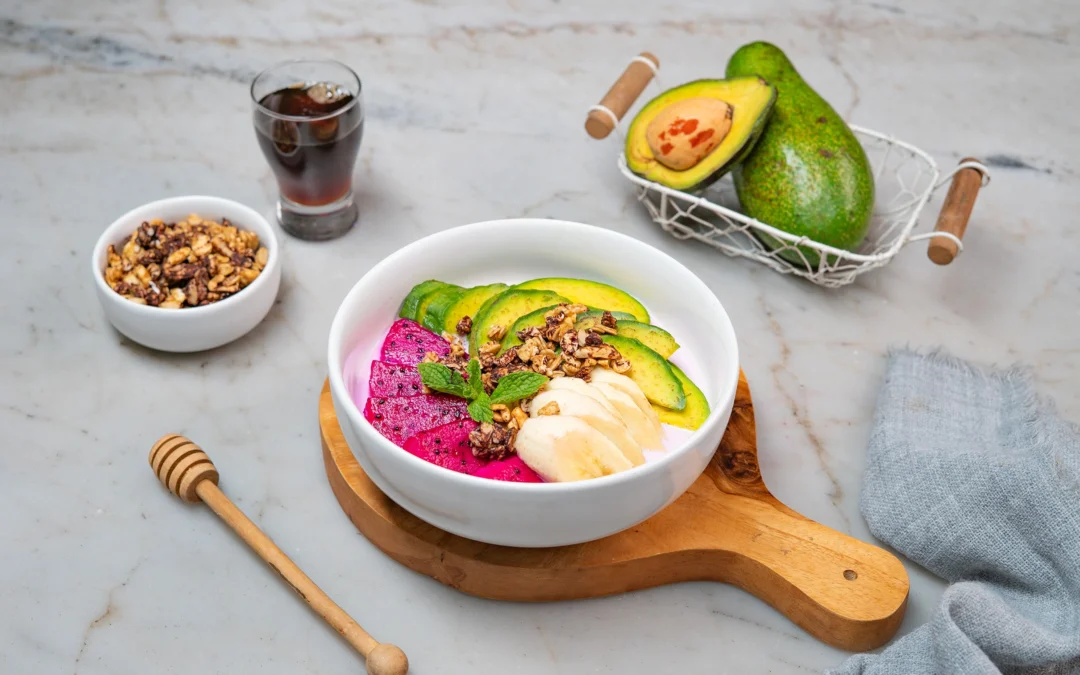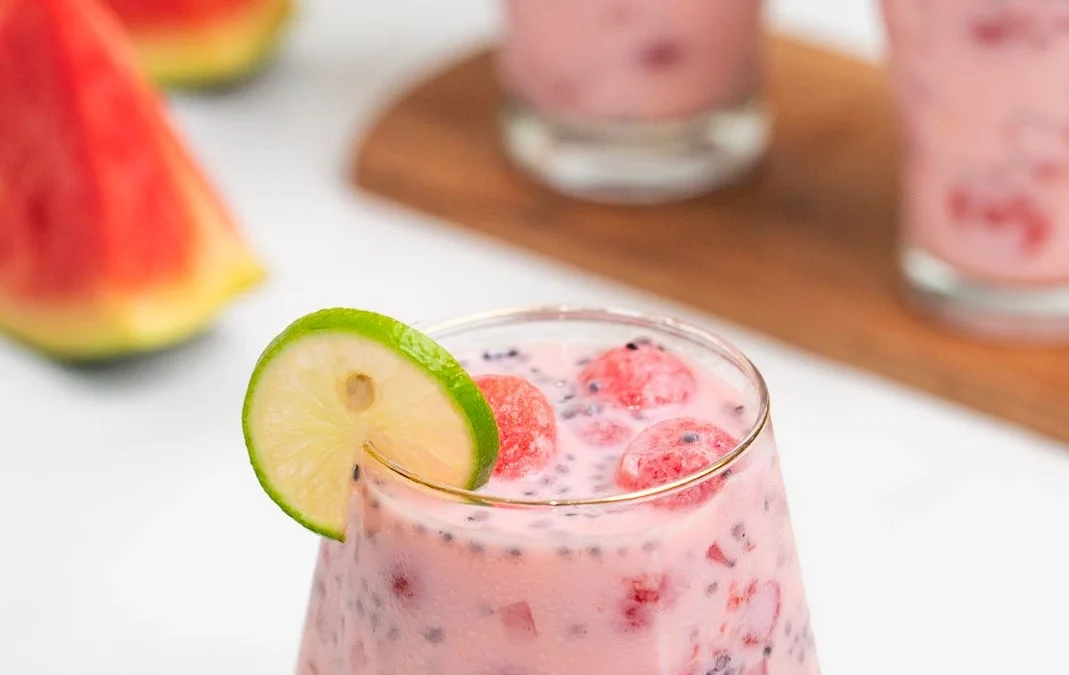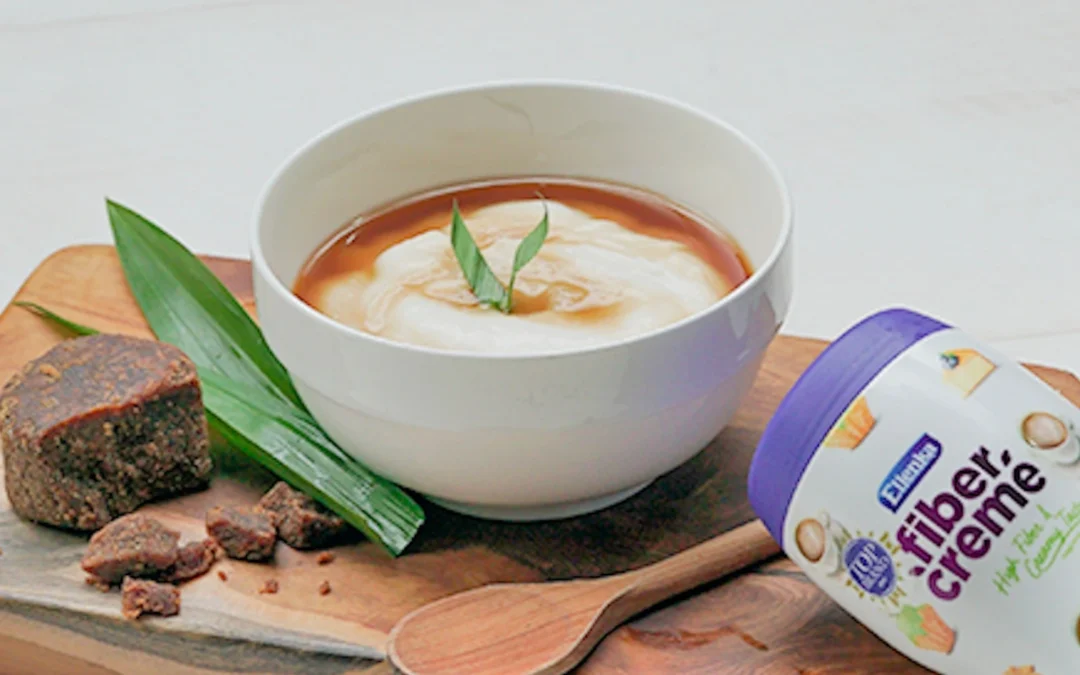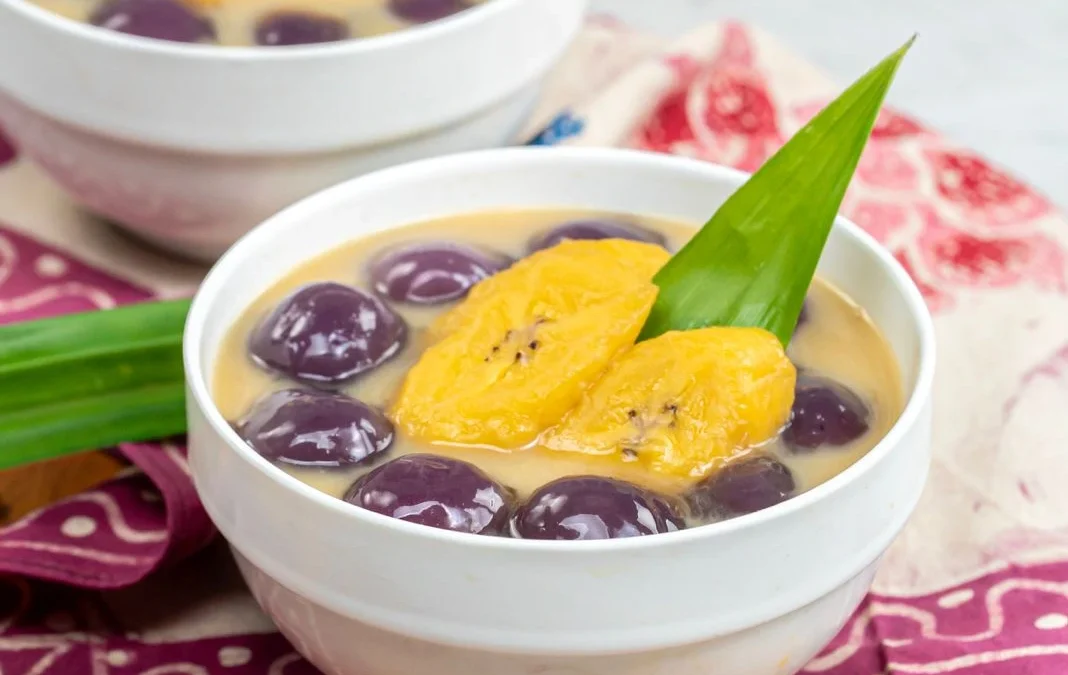 If you’re someone who loves cooking or enjoys exploring different types of dishes, you’ve probably heard the terms “grill” and “roast” before. They may sound similar because both involve high heat, and many people even think they’re the same. However, even though they might seem alike at first glance, there are differences between grilling and roasting that are quite significant, from the cooking techniques and tools used, to the final result that affects the flavor and texture of the food. So instead of getting more confused, keep reading this article to the end, and you’ll have a better understanding of the right cooking method to achieve the results you want!
If you’re someone who loves cooking or enjoys exploring different types of dishes, you’ve probably heard the terms “grill” and “roast” before. They may sound similar because both involve high heat, and many people even think they’re the same. However, even though they might seem alike at first glance, there are differences between grilling and roasting that are quite significant, from the cooking techniques and tools used, to the final result that affects the flavor and texture of the food. So instead of getting more confused, keep reading this article to the end, and you’ll have a better understanding of the right cooking method to achieve the results you want!
What Are “Grilling” and “Roasting”?
Grilling is a popular cooking technique in Western countries. This method typically uses a special tool with a grate, where food is heated from below. The heat source can be gas, electricity, or charcoal. Grilled food usually has distinct charred grill marks on the surface, with a crispy exterior while remaining juicy on the inside.
On the other hand, roasting, commonly referred to as “bakar” in Indonesia, is a more familiar term locally. This technique usually involves cooking directly over hot coals or an open flame. The process gives food a distinctive smoky aroma and deeper flavor. Roasted dishes are often basted with spices or sauces during cooking, such as in the case of sate, ayam bakar, or ikan bakar.
Differences Between Grilling and Roasting
 Now let’s get into the important part, here are the differences between grilling and roasting that you should know:
Now let’s get into the important part, here are the differences between grilling and roasting that you should know:
1. Cooking Tools
Grilling typically uses specialized equipment with a metal grate, and nowadays includes modern options like electric or gas grills. In contrast, roasting tends to be simpler, often using wire racks, skewers, or placing the food directly over charcoal.
2. Heat Source
Grilling uses controlled heat from gas, electricity, or charcoal, while roasting is more closely associated with the intense heat of burning charcoal or wood, which imparts a stronger smoky flavor to the food.
3. Cooking Technique
Grilling is generally quicker because the heat is more controlled, with food heated from below without direct contact with flames. Roasting, on the other hand, often involves direct contact with fire or hot coals, so you need to be extra careful to avoid burning the food too quickly.
4. Flavor and Texture
Grilled foods usually have a dry, char-marked surface with a soft and juicy interior. Meanwhile, roasted foods are known for their distinct smoky aroma and richer flavor, especially when basted repeatedly during the process, allowing the spices to penetrate deeply and intensify the taste.
5. Suitable Types of Food
Grilling is great for cooking steak, burgers, fish fillets, and even vegetables. Roasting is more commonly used for satay, grilled chicken, grilled fish, and corn on the cob, foods that are especially enhanced by that signature smoky flavor.
Read More : What Is Marination? Know This Important Technique to Make Your Dishes More Delicious
Craving Grilled or Roasted Dishes? Make It Extra Special with FiberCreme!
Now that you know the differences between grilling and roasting, it’s time to choose which method suits your favorite dish best. But to make your cooking not just delicious, but also healthier, try adding FiberCreme to your recipes!
You can mix FiberCreme into all kinds of dishes, from sauces and marinades to replacing coconut milk or cooking cream. For example, you can create a homemade BBQ sauce, a flavorful yet cholesterol-free glaze for grilled chicken, or even a peanut sauce for satay with a creamier and lighter texture. With 0mg cholesterol and high fiber content, FiberCreme keeps your dishes tasty without making you worry about your health.
Let’s start exploring your favorite grilled and roasted recipes with a creamy twist from FiberCreme! And once you’ve tried it, don’t forget to upload your creations and tag @FiberCreme or @FiberCreme_TV on Instagram!






0 Comments